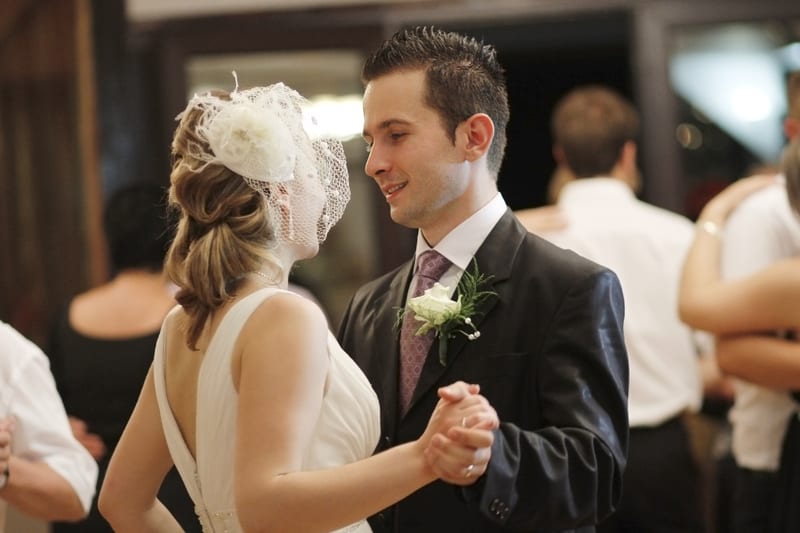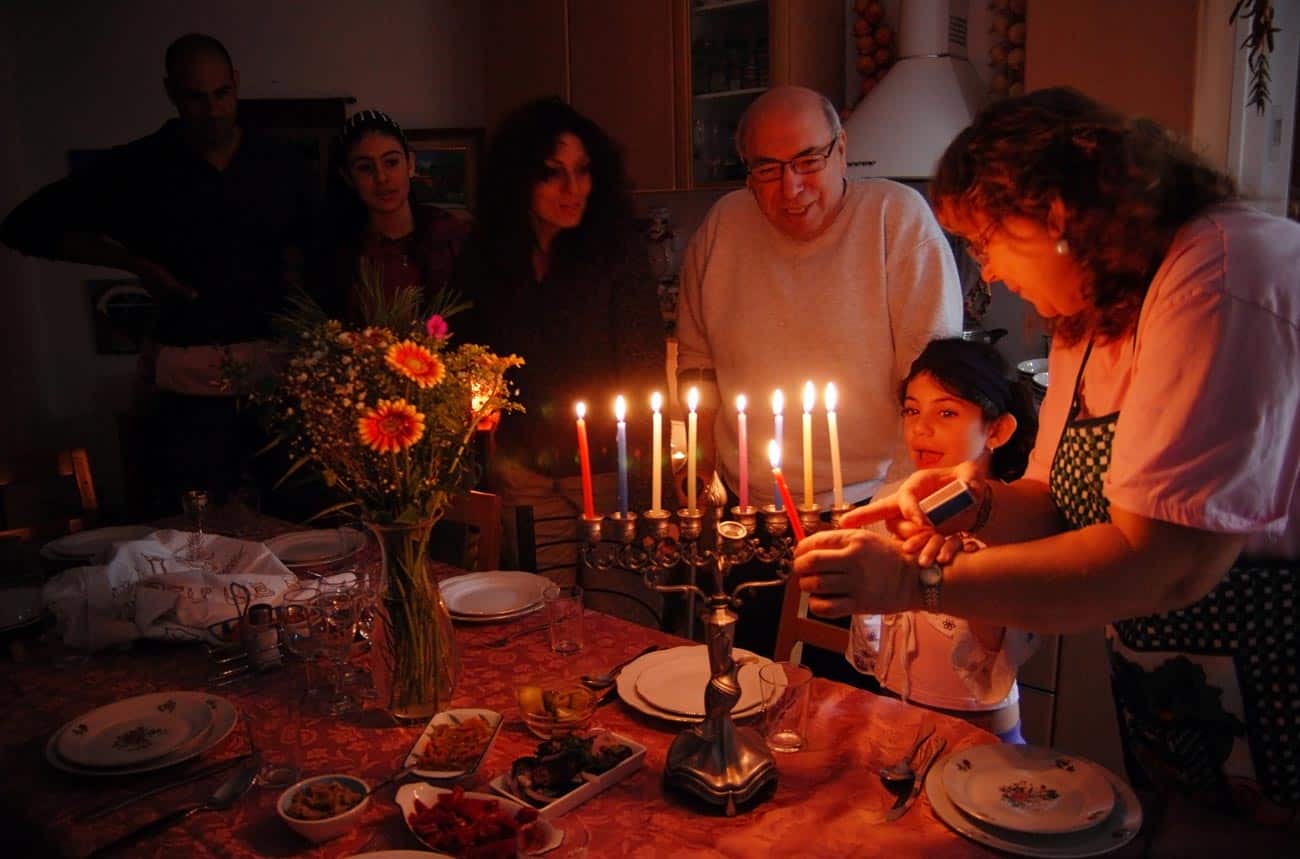From ballet to ballroom dancing, from Zumba to high school gymnasiums, dancing encompasses a broad range of activities and settings. And just as varied are the responses by churches to dancing. Some Christian traditions admonish dancing in all forms. While other churches host Zumba parties.
But what does the Bible say about dancing? Should Christians dance at all? And if so, when and how is dancing acceptable?
Christians are not prohibited from dancing. But as with all activities, we must weigh the purpose and effect of our dancing to ensure that we are not dishonoring God. Turn to the Bible for some practical guidance on dancing.

What is Dancing?
As is usually the case when we are discussing what actions are or are not permitted, it helps to start with a definition. The dictionary describes ‘dance’ as the act of moving rhythmically to music, typically following a sequence of steps. An alternate definition is the act of moving in a quick and lively way.
For our purposes, it does not matter so much if the dance movement is choreographed and rehearsed, or spontaneous and irregular. What matters is that dance is movement of the body that conveys an artistic or emotional expression.
Our Bodies, God’s Temples
As we routinely do in this blog, when considering the use of our bodies, we remind ourselves that our bodies are God’s temples, His dwelling place (1 Corinthians 6:19). And as such, we are called to honor God with our bodies.
This is true both of the things that we subject our bodies to through food and drink, and how we use our bodies in our actions and motions. Today’s topic of dance focuses on the latter.
Our bodies were made for motion, and exercising them helps us to maintain bodily health. In this way, dance can help us to achieve a physical benefit when we use it as exercise. Some dance routines are designed to aid in muscle conditioning and circulation. In this way, some dancing may aid us in maintaining our bodies so that they may be used in God-honoring ways in other areas of our lives.
Dance as Expression
But even when we consider dance routines that promote exercise, we must also be mindful that the motions of dance may convey expressions to the observer, and sometimes even to the dancer.
Most obviously, certain dances promote sexual arousal by focusing the dancer’s motions and the observer’s attention on the most sensual parts of the body. As Christians, we understand that such dancing does not honor God when it happens outside of the intimate privacy enjoyed by husband and wife.
Much of the dance that gives rise to the debate within Christendom over the permissibility of dancing is of this provocative sort, whether or not the dance intends to promote sensuality. And scripture has some things to say about provocative dancing.
Dirty Dancing in the Bible?
We witness sexually provocative dancing in some surprising places throughout scripture. Throughout the Old Testament, we read about the Asherah poles that Israel’s ancient neighbors (and sometimes Israel) regularly constructed. The removal of Asherah poles was recorded as a sign of cleansing, and the installation of Asherah poles as an indication of turning away from the Lord. Some historians suggest that modern pole dancing originates from these ancient Asherah poles and their purposes.
The Original Pole Dancers
First mentioned in Exodus 34:13, Asherah poles were wooden poles that were often erected in conjunction with altars to Baal to honor the pagan fertility goddess, Asherah. Pagan fertility rites included ritual prostitution, and the Asherah poles were the places where pagan prostitutes made themselves available for such rituals. In 1 Kings 18:19 and 26, we witness the prophets of Baal and Asherah joining together in a ritual dance around their altar.
The Seduction of Herod
We read another example of sexually suggestive dancing in Matthew 14. John the Baptist had drawn the ire of King Herod, because John had spoken against Herod’s union with his brother’s wife, Herodias. So Herod had John thrown in prison but was afraid to execute him.
So Herodias devised a plan to convince Herod to execute John the Baptist. On Herod’s birthday, she had her daughter dance for them. Matthew 14:6-7 says that Herod was so pleased by her dancing, that he made an oath to give her anything she asked.
Then, still acting at her mother’s behest, the daughter of Herodias requested the head of John the Baptist.
Modern readers might be tempted to interpret this scene as an innocent child doing something cute. But the original readers of this text would have understood the dance as an act of intentional seduction, particularly in light of the pleasure that Herod derives from the episode.
And it is against the backdrop of the seductive power of erotic dance and the fertility rites of the pagans that we understand Paul’s admonition in Romans 13:13 to not engage in carousing, sexual immorality, and debauchery. How then, can we honor God through dancing? For this, we turn to some very different dance expressions recorded throughout the Bible
Dance as Worship
“Praise him with timbrel and dancing,
praise him with the strings and pipe” – Psalm 150:4
From Psalm 150 and others, we see that there are clearly ways to praise God through dance. Perhaps the most famous example is found in 2 Samuel 6. When the Ark of the Covenant was brought to Jerusalem, King David was so overcome with celebration that he couldn’t help but dance.
David’s Dance
David and the Israelites, we read in 2 Samuel 6:5, were celebrating with all of their might. And several months later, when the Ark was brought from the house of Obed-Edom to the Temple, we again witness David, in verse 14, dancing with all of his might, but this time wearing only a linen ephod. In modern terms, David was dancing in his underwear.
This is not behavior that we would consider fit for a king (and neither did David’s wife, Michal, we read in verse 16). But so great was David’s celebration and joy, that he humbled himself by dancing in this manner before the Lord. And with his humility, he exalted God.
More Celebration
We read of others worshiping and celebrating with dance. After crossing the Red Sea, Miriam led the women of Israel in a celebratory dance (Exodus 15:20). And a once-crippled man, after being healed by Peter, entered the temple leaping and praising God (Acts 3:8).
So the precedent of celebrating with leaping, dancing, and spontaneous movement is well testified throughout scripture. And such dancing clearly stands in contrast to the seductive expressions of pagan dancing. But there is one other aspect of dancing that is worth our attention.
Dancing Together

One thing that might stand out to us in the passages that we’ve explored is that (with the possible exception of Herod and his stepdaughter), we don’t see any dancing that involves the coupling of partners. The dances that we’ve observed are either solo expressions or group celebrations. So how do we apply these examples to coupled dancing?
Simple.
We use the same standards as we do for all other dancing. As we said at the onset, our bodies are God’s temples. So we must consider the intent and purpose of our dances, whether they are performed alone or with others.
Dances such as those we see on television competitions often involve athletic feats that cannot be performed by one person alone. As a matter of artistic expression, there is no prohibition against such actions. But when dance is used to simulate sexual activity for the entertainment of the audience or encourage a dance partner’s sexual arousal outside of the bounds of marriage, it becomes an activity that does not honor God.
Conclusion
“A time to weep and a time to laugh,
a time to mourn and a time to dance,” – Ecclesiastes 3:4
Dancing has a right place and time. And it also has a right purpose and decorum. When dancing is observed in its proper setting and manner, it can very much bring honor and glory to God.





